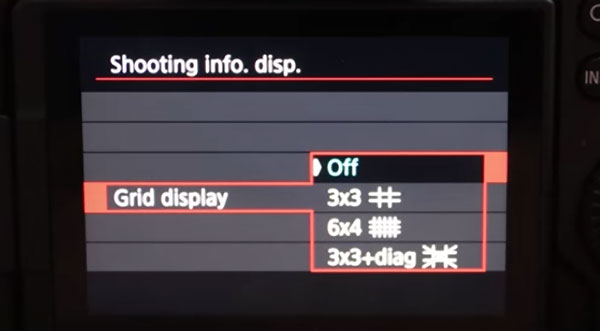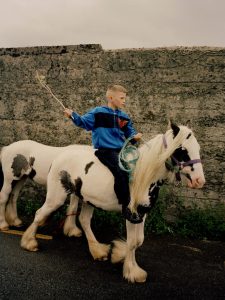
When manufacturers design a camera’s menu they do so without knowing the type of images you shoot or what style of imagery you prefer. And that’s why it’s important to modify the default settings so they meet your specific needs.
Put another way, camera settings that are ideal for portraiture can be totally inappropriate when shooting landscapes, portraits, wildlife, or sports. So if you want optimum results, it’s time to dig into your camera’s menu system and make a few changes now.
The tutorial below from Canadian nature and wildlife photographer Simon d’Entremont has an emphasis on the best way to configure a new camera, but his tips are equally valuable for those who’ve never changed the defaults on a camera they already own.
As Simon says, “I’ll take you through the settings you should always set intentionally and not rely on the defaults in your camera.” Some of his suggestions could even be considered “universal” if you want to make the most of whatever camera you use—new or old.
Best yet, you’re less likely to face any surprises when reviewing images on the computer by changing the 10 settings he recommends. Simon begins with a discussion of file formats, which he considers “one of the most fundamental settings on any camera.” He explains the difference between Jpeg, Raw, and Compressed Raw so you can select the best option for you.
It’s also important to tell the camera how you want autofocus to work; namely One Shot vs. Continuous AF. This setting is greatly dependent upon the type of subjects you photograph most, and whether they tend to stationary or in motion. The terminology often varies by brand, but the necessary settings are easy to find and modify. He also covers the horizontal level and composition grid options on a camera’s rear LCD and in the viewfinder.

You’ll learn everything from the number of focus points to select for your style of shooting, the option to rotate photos shot in vertical orientation, and various sounds settings, to file naming/numbering, and much more. So pay close attention and tell your camera exactly how you want it to work.
Be sure to visit d’Entremont’s YouTube channel where you’ll find a wealth of advice on gear, shooting techniques, and editing your photos.
And don’t miss the tutorial we shared recently, explaining when overexposing landscape photos can yield better results.




